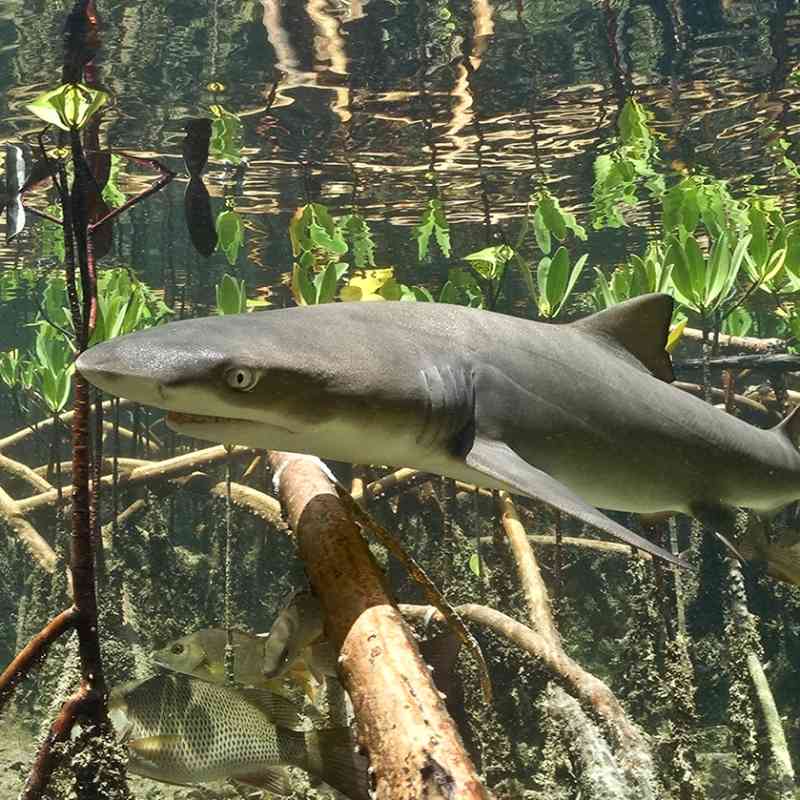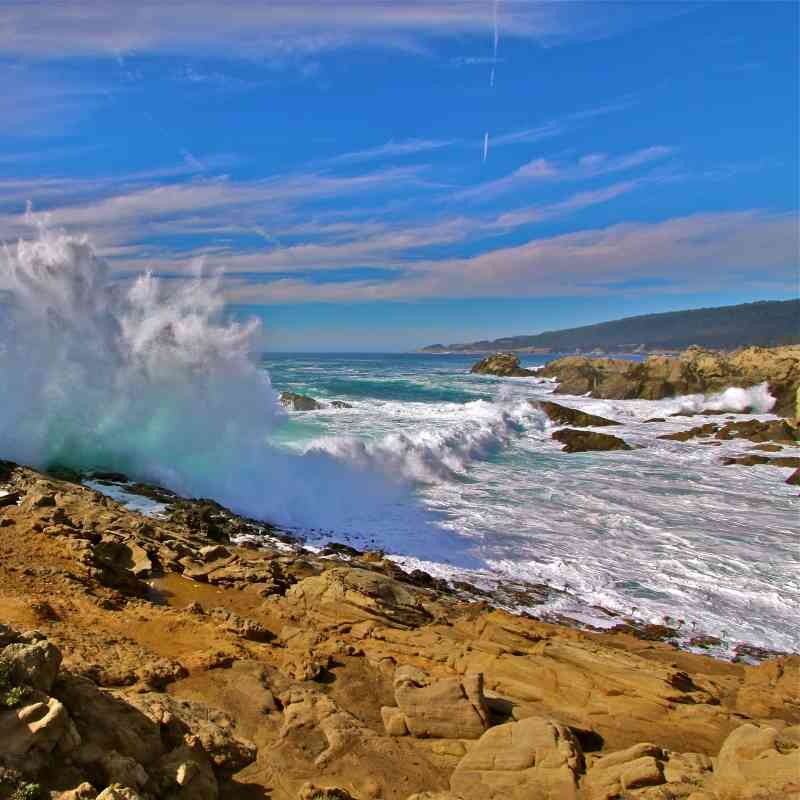Sharks land international trade protections
 A new day is dawning for the world’s most valuable and sought after sharks in the sea.
A new day is dawning for the world’s most valuable and sought after sharks in the sea.
The oceanic whitetip shark, porbeagle and three species of hammerheads have finally found some relief from the demands of unsustainable international trade in their fins, following a groundswell of support from nations attending the world’s wildlife summit in Thailand in March.
“We are absolutely thrilled,” says Alejandra Goyenechea, Defenders’ international counsel. “We’ve been advocating for regulation of trade in these species for so many years and now it’s finally paid off.” Apex predators important to ocean ecology, sharks are slow to mature and reproduce and have few offspring. This makes them particularly vulnerable to overfishing.
The five shark species are now protected under the Convention on International Trade in Endangered Species—better known as CITES—one of the most important treaties in the world and the only one that regulates international wildlife trade. Thanks to CITES, nations have also banned trade in elephant ivory, and tigers, orangutans, jaguars, golden frogs and their parts.
But the fight to protect sharks has been an upstream battle, largely because of opposition from Japan and China along with a cultural attachment to shark fin soup. The Asian delicacy once enjoyed primarily by a small, wealthy class is now more affordable to the masses, particularly as China’s middle class multiplies.
Scientists estimate that culinary demand kills up to 100 million sharks each year, resulting in 90 percent to 99 percent population declines in some regions. Often a shark’s fin is cut off while the animal is still alive and it is then tossed back into the ocean to die. This allows a vessel to haul in thousands of fins in a single trip.
Porbeagles are mainly valued for their meat, which sells for a high price, and have been most hammered by French and Spanish fishing fleets. Their population has dropped by 95 percent in the Mediterranean and by 90 percent in the northeast Atlantic.
At previous CITES meetings, conservationists couldn’t secure the two-thirds majority needed to win protections for the imperiled sharks. The desired Appendix II listing under CITES does not ban trade in these species, but it does require strictly controlled export permits that prevent unsustainable and illegal exploitation of a listed species. If exporting or importing countries fail to meet these responsibilities they face stiff trade sanctions.
This year, pro-shark delegates, including Latin American and West African countries, preempted past arguments and came loaded with data on the impacts that international trade has on these sharks.
“At the last conference in 2010, the Asian opposition trotted out all kinds of misinformation to keep the proposals from passing,” says Goyenechea. “They even claimed that you can’t identify shark species from the fins alone to imply it would be impossible to determine which fins are illegally traded.”
But Defenders and partners had shark identification guides on hand, clearly showing delegates how easy it is to identify species of sharks and their fins.
“We also spent a great deal of time and effort reaching out to a number of nations before the conference to encourage them to support shark protection proposals,” she says. “This turned out to be crucial in getting enough votes. In fact, we generated such overwhelming support for these proposals that opponents didn’t even get an opportunity to reopen debate.”
The same day saw a similar victory for two species of manta rays found only in fragmented populations across the tropics. Their tendency to gather in large numbers makes these friendly and inquisitive creatures easy targets for fishermen and particularly vulnerable to overfishing.
The market seeks out mantas for their gill plates, which are used for medicinal purposes in East Asia. In Indonesia and Mozambique, manta populations have declined more than 80 percent in some places over the last eight years.
“Installing regulations on trade is a great step toward ensuring a brighter future for these incredible species,” says Goyenechea.
Only select articles from Defenders are available online. To receive 4 issues annually of the full award-winning magazine, become a member of Defenders of Wildlife!
Related



